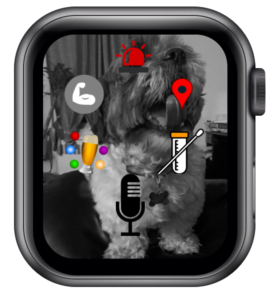Review of Eugene Thacker’s Biomedia – Nicholas Ruiz III
I feel we should indulge in technological advances but not biological advances because of ethics. Survival of the species would be the exception. I understand the need to see things from different vantage points. I fear what I do not know. Biological warfare and massive surveillance are among some of my fears. I am afraid of us being one with machines. I agree with Ruiz as he states, “To see the world anew; that is the most difficult.” Cosmetic alterations shouldn’t be the primary usage of bio technological advances, but I understand how it is a practice. In this lifetime I can’t imagine growing a limb back. I understand that there is a higher energy force. Therefore I can understand the pushback.
Excerpt from Biomedia: “DATA Made Flesh”
The world has a large population and cloning isn’t necessary. I understand how many technological advances came from the human body, or animals. Ex. Airplanes from birds, cameras from the human eye, Computers from our brains, CPU is our IQ, RAM is our memory, etc.
Decoding the Future with Genomics – Juan Enriquez
Juan Enriquez: The life-code that will reshape the future – YouTube / TED
There are still individuals that are not aware, that experience traits can be passed down genetically as well. Trauma experienced by one ancestral line gets baked into our future DNA coding. A few years back, my nephew and I used to be very interested in stem cell research as I longed for a better eyesight, and he longed to for muscle tissue. I went on to later accept Darwinism and be happy with whom you are.
As technology changes and grows we also have to adapt to that change. During the agricultural age it was economically feasible to produce lots of children. We are in a new age. The pandemic has pushed the internet age way faster than what it would have been otherwise. The American public needs to smarten up or we face being left behind by the wealthy.

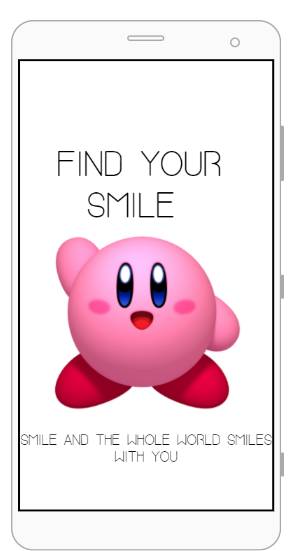

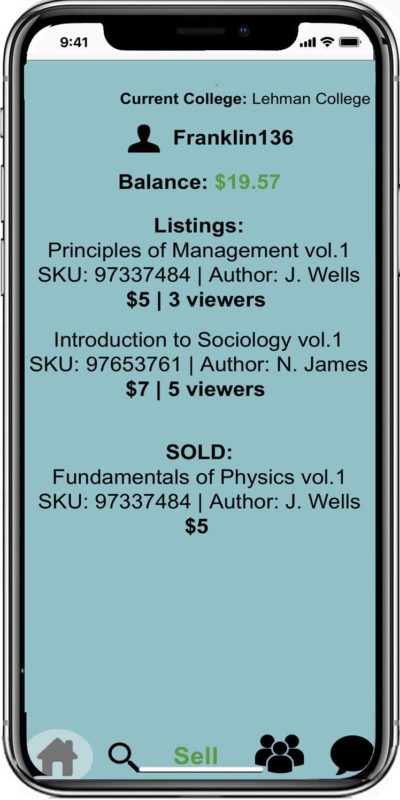
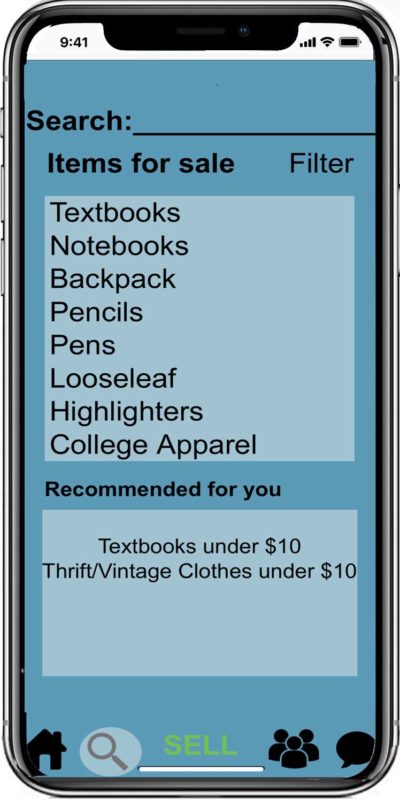
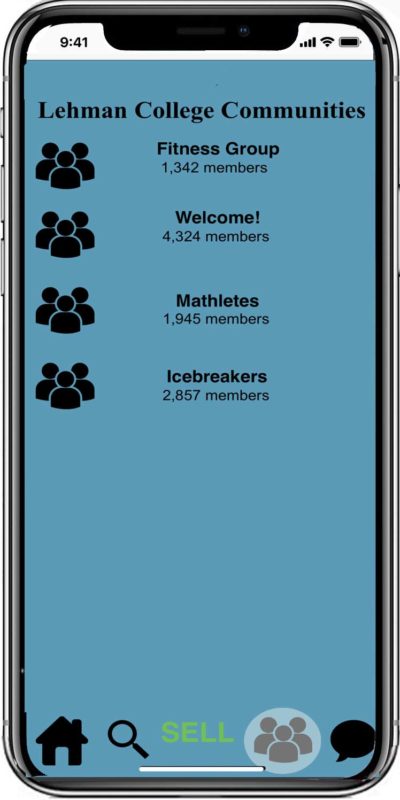
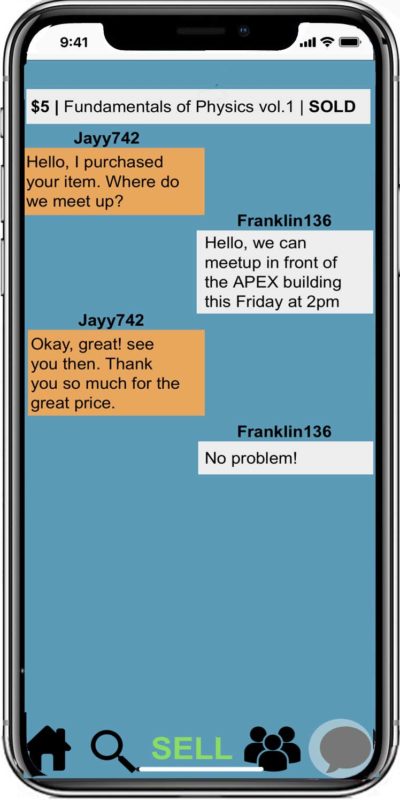
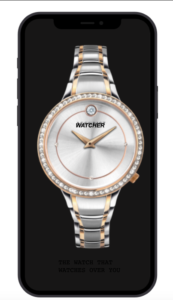 .
. 